The latest SpaceX Dragon resupply spacecraft left NASA’s Kennedy Space Center in Florida on June 3, carrying more than 7,300 pounds of science experiments as well as new solar arrays for the International Space Station (ISS).
The resupply mission will deliver a new ISS Roll-out Solar Array (iROSA), produced by Redwire, to the space station in the trunk of the Dragon spacecraft. After the Dragon docks to the space station’s Harmony module, the robotic Canadarm2 will extract two arrays, the first of six arrays to be delivered to the station. Astronauts will install them during spacewalks planned for June 16 and 20. The power upgrade costs around $100 million.
Using solar cells from Boeing’s subsidiary Spectrolab, each iROSA assembly will provide more than 28 kW of power at beginning of life. Combined, the six new arrays will produce more than 120 kW, boosting the space station’s power-generating capability by 20-30%.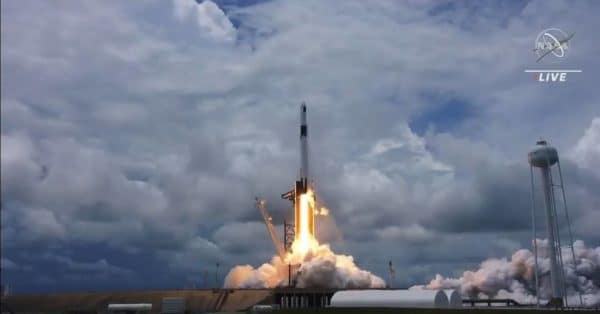
Image: NASA
The iROSA technology is based on a previous demonstration of roll-out panels performed on the station in 2017. Redwire said the array’s design uses composite booms to serve as both the primary structural elements and the deployment actuator. These are paired with a modular photovoltaic blanket assembly.
Instead of using motors for deployment, iROSA uses stored energy from carbon fiber booms that are cut and rolled back against their natural shape for storage. When it is time for them to be deployed, the stored strain energy of the booms enforces the unrolling deployment actuation. When fully deployed, the now-rigid booms provide the solar arrays’ structural stiffness and strength.
The new solar arrays will be attached at a slight angle to an outboard set of the lab’s existing arrays to provide additional power, helping make up for age-related degradation. While the new panels are smaller than the originals, they produce more power.
Long-duration energy storage
Energy Internet Corp. said it is working with Intel to develop a reference design based on long-duration energy storage to accelerate the adoption of sustainable carbon-neutral computing in data centers.
EIC said that long-duration energy storage will provide “more resilient and available” carbon free renewable power to data centers, at costs lower than today’s designs.
As part of its scope of work, EIC will incorporate its software defined machines (SDM) and liquid piston heat engine (LPHE) technology into reference design architecture to offer a variety of energy storage offerings for different segments in the data center market.
The reference architecture will be tailored for different data center classes, such as remote/edge, medium scale (up to 50 MW) and hyperscale (greater than 50MW). The reference architecture will make use of EIC’s zero-carbon long-duration (more than 10 days) energy storage solution.
2020 was a good year for renewables
All sources for U.S. energy consumption totaled 92.9 quadrillion British thermal units (quads) in 2020, a record 7% decrease from 2019. Consumption fell for all fuels compared with 2019 except renewable energy, which rose by 2%. Petroleum consumption fell 13%, natural gas was down 2%, coal sank 19%, and nuclear electric power was off by 2%.
The data was provided by the Energy Department’s Energy Information Administration (EIA). It converted sources of energy to British thermal units to compare different types of energy that are usually measured in units that are not directly comparable.
The electric power sector has made up around one-half or more of U.S. renewable energy consumption since the 1960s. In 2020, the sector consumed 60% of all renewable energy used, a level last reached in 1998. The industrial sector’s share of U.S. renewable consumption has fallen from about 30% to 20% in the last 15 years. In that time, the transportation sector’s share has grown to more than 10%, mostly because of increased fuel ethanol consumption. U.S. residential and commercial sectors consistently account for less than 10% of combined U.S. renewable consumption.
In 2020, U.S. energy consumption decreased in all four end-use sectors after accounting for electrical system energy losses. Transportation sector consumption fell 14% from 2019 levels, the industrial sector declined by 4%, the residential sector by 3%, and the commercial sector by 7%. Industrial sector consumption exceeded transportation sector consumption for the first time since 1999 after accounting for energy losses.
This content is protected by copyright and may not be reused. If you want to cooperate with us and would like to reuse some of our content, please contact: editors@pv-magazine.com.
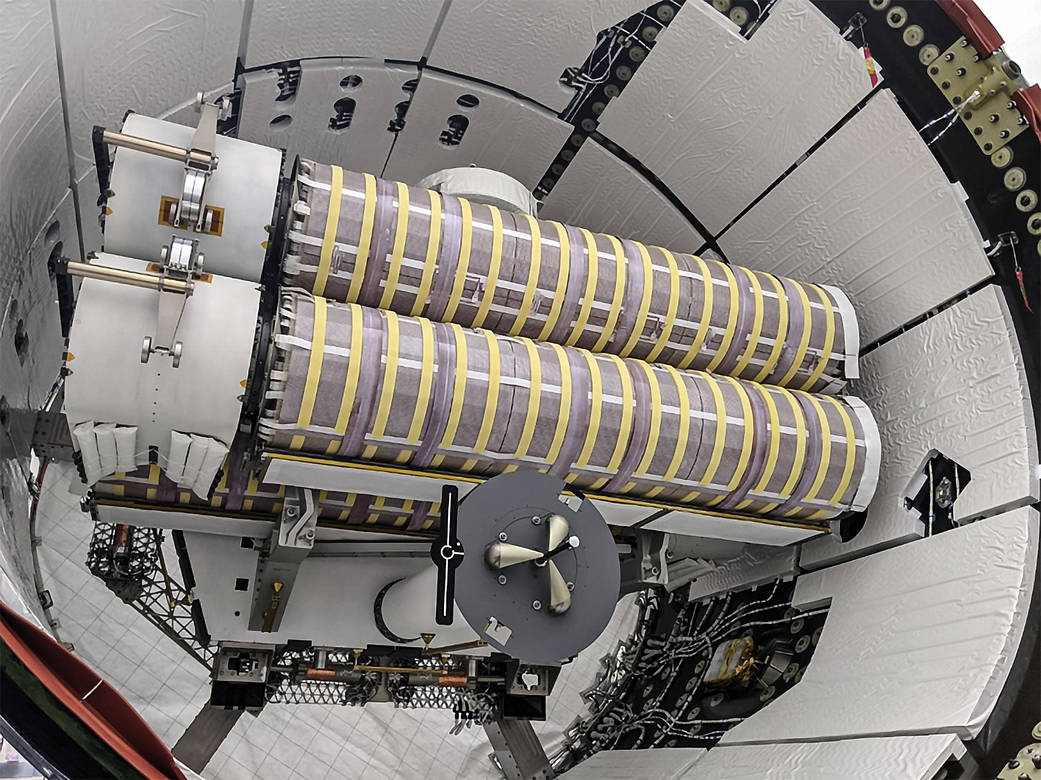
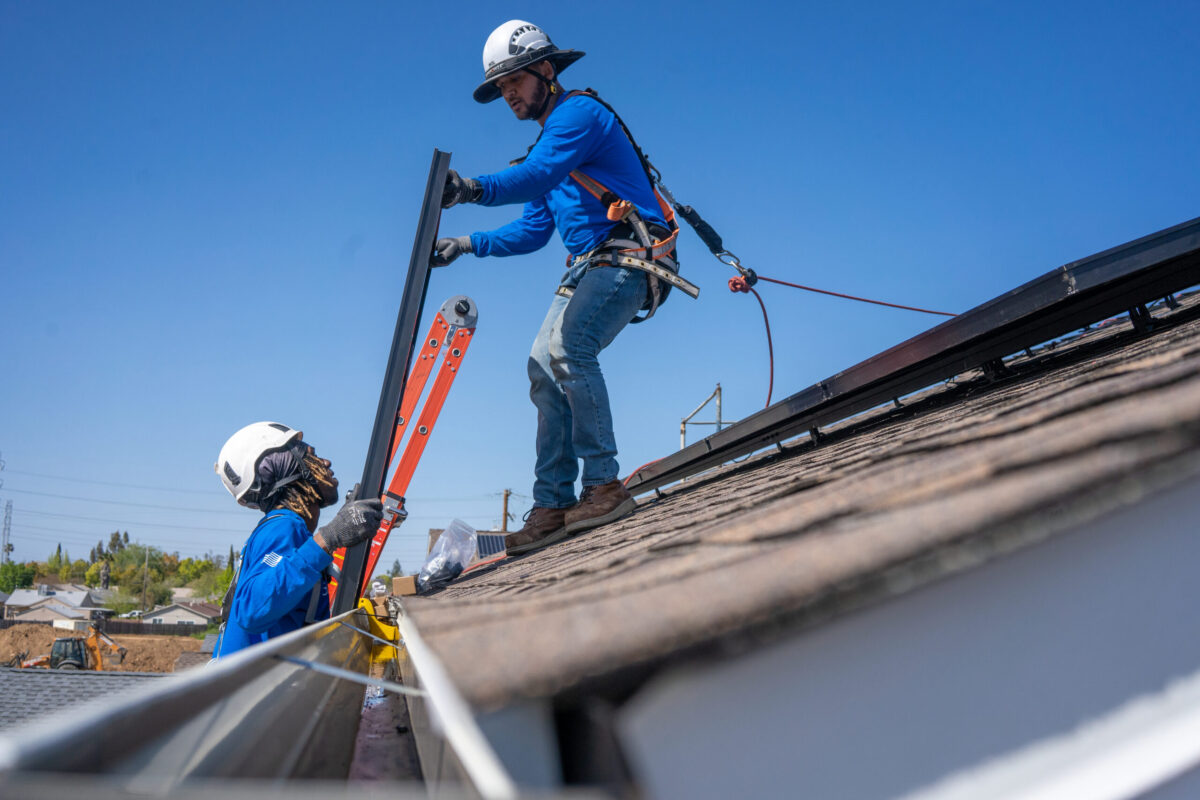




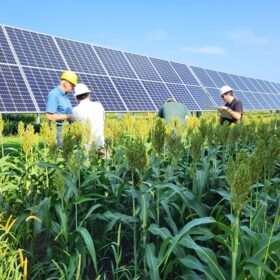
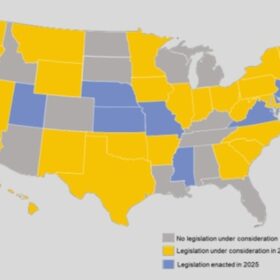

By submitting this form you agree to pv magazine using your data for the purposes of publishing your comment.
Your personal data will only be disclosed or otherwise transmitted to third parties for the purposes of spam filtering or if this is necessary for technical maintenance of the website. Any other transfer to third parties will not take place unless this is justified on the basis of applicable data protection regulations or if pv magazine is legally obliged to do so.
You may revoke this consent at any time with effect for the future, in which case your personal data will be deleted immediately. Otherwise, your data will be deleted if pv magazine has processed your request or the purpose of data storage is fulfilled.
Further information on data privacy can be found in our Data Protection Policy.